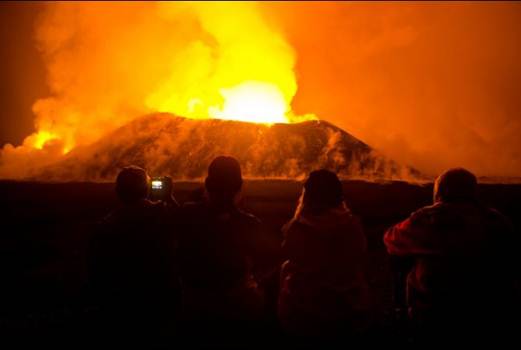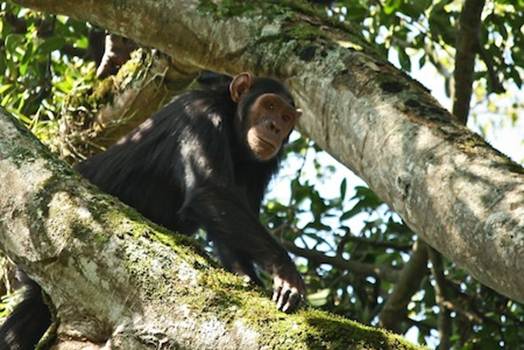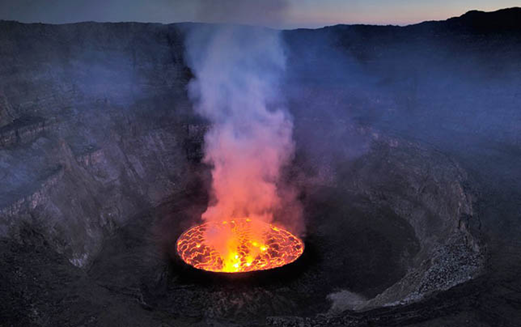After a recent trip into the Congo,
Mike McCartney could not help but writing to share the details
Founded in 1925, the beautiful Virunga is
Africa's oldest national park. One of the most bio-diverse protected areas on
the continent, and a UNESCO World Heritage Site since 1979, it is reputed to
have more endemic species than other any park in Africa. Managed under the very
capable stewardship of Emmanuel de Merode and his team from Institute Congolais
pour la Conservation de la Nature (ICCN), the park is undergoing something of a
renaissance at the moment, with financial support from the European Union.
Virunga National Park (VNP) offers an exciting, out-of-the-way African
experience for those of adventurous spirit seeking something a little
different.

the
beautiful Virunga is Africa's oldest national park
I spent a week there at the end of March
2012, and our group were hosted impressively well by the ICCN team. We used the
wonderful new Mikeno Lodge, which is in the forested VNP headquarters compound
at Rumangabo, as our base for exploring the attractions of the Southern Sector
of VNP.
The first trek we made was to Nyamulagira,
one of the world's most active volcanoes. This is reached via a 30-minute drive
and then a three-hour hike over rough lava. Some of the lava we walked on was
still so hot that it melted the soles of our boots, and the ends of our hiking
poles!

Nyamulagira,
one of the world's most active volcanoes
The second trek we made involved a
90-minute drive on a very rough road to Bukima patrol post at the edge of the
250-square-kilometre Mikeno Sector in the southeast corner of VNP. From here we
hiked for two hours into the forest to reach the Munyaga mountain gorilla
family. This family group, consisting of three silverbacks, two adult females,
one infant and one adolescent, is one of six habituated families here. There
are approximately 200 gorillas in VNP. The rangers are very considerate around
the gorillas, and the group size is limited to four visitors, which makes for
exception l viewing and photographic opportunities.
The next day, despite my legs having almost
given up on me the night before, we again set off early, with a substantial
armed escort, to visit the habituated chimpanzees at Tongo Forest, to the
northwest of Rumangabo.

the
habituated chimpanzees at Tongo Forest
The final part of our adventure involved
hiking up to the crater summit of the active stratovolcano Nyiragongo. The glow
from the world's biggest molten lake is so impressive at night that it can be
seen from neighbouring Rwanda! The hike to the crater at the summit is a
strenuous one, not to be undertaken by those who are not reasonably fit. The view
down into the crater is spellbinding. ICCN have recently built eight small
two-person cabins just below the crater rim, so they can accommodate up to 16
visitors. Be warned though, the "washroom facilities" are basic to
say the least! It is also my recommendation that you should hike Nyiragongo
during the week as the group size will be smaller, and you can move at your own
speed, or at least at that of the armed rangers accompanying you!

the
crater summit of the active stratovolcano Nyiragongo
All in all, our six days in Virunga were an
incredible experience, even for such a seasoned group of safari guides as
ourselves. We did not at any point feel that our safety was threatened or
compromised, and the local people are delightful, friendly and very welcoming
to visitors. Where else in the world can you have exceptional opportunities to
view our very rarest primates and see active volcanoes? Virunga truly is a
magical part of Africa.